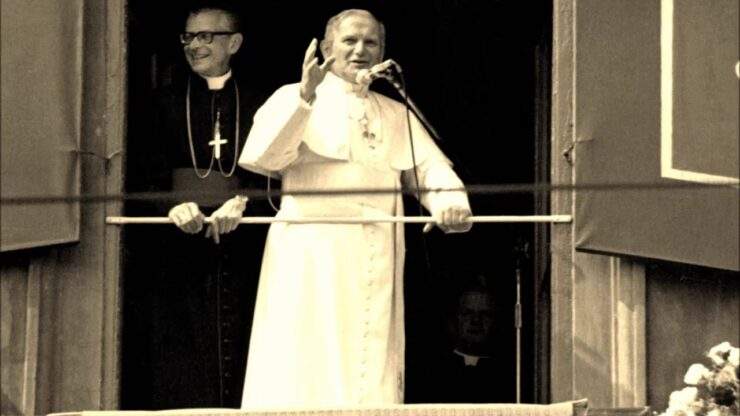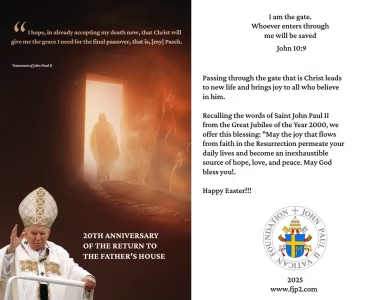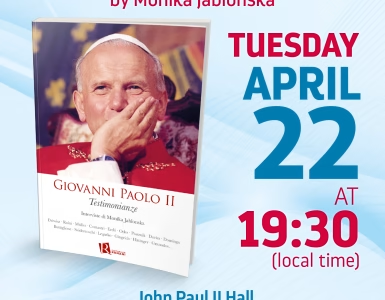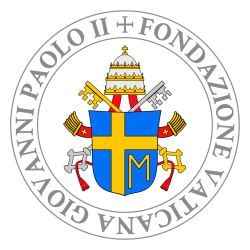Immediately after the election, the Holy Father said that he did not want to be carried in a sedan-chair. He emphasized this at the very beginning so that it will not be offered to him. He had strong legs, highlander legs. He preferred to walk. He also gave up the tiara; not because of its connection to the now de-existed power of the Popes; simply because after the Council the Church became more evangelical, more spiritual. Similarly, his predecessor, Pope Albino Luciani, who rejected the so-called coronation, began his pontificate. Karol Wojtyła liked this pastoral style. According to him, it was more in line with the new times and was more in line with the mission of the Pastor of the universal Church to be close to the people. And, even be among people. After a while, John Paul II acknowledged that he had in fact later fully realized this. Although the depth of the words he expressed on the St. Peter’s Square, he has carried for a long time in himself, in his heart. He wrote the speech instantly; completely by himself, alone, handwritten, with small fixes and of course in Polish. Then, after translating into Italian, he wanted to practice the text. He read it to Angel Gugel, his butler, who was extremely accurate and critical. When the Pope confused the accents, he corrected him. The truth is: the words spoken that October’s Sunday were part of his memory, his history, his heritage of faith and culture, which he took with him from his homeland to the Capital of Peter.
With the consent of Cardinal Stanisław Dziwisz – “Testimony”.
TBA marketing communication Publishing House. Warsaw 2007





